There are sporting dogs, there are working dogs; there are terrier dogs, there are police dogs; and then comes the Australian Cattle Dog. Also known as Queensland Heeler or Blue Heeler, ACD was bred by Australian settlers to drive herds across massive and rough terrains.
Australian Cattle Dog has a muscular built and a broad skull – probably the only thing in the entire universe that can break Thor’s hammer. Though ACDs are known as herding dogs, they can be trained for search and rescue operations, or hunting. They can be high alert watchdogs as well.
ACD was selectively bred for its high energy and stamina, and is known to be very lively. Wondering if you could adopt an Australian Cattle Dog? For starters, let’s just say you need to get your lazy-bone replaced.
ACDs are survivors. In 2009, Sophie fell off a boat while on it with her family off the coast of Queensland. This Australian cattle dog pup swam more than five nautical miles, survived harsh weather conditions, and returned home to her family. Yes, you HERD it right!
Table of Contents
Australian Cattle Dog Pictures
Quick Facts

Avg. Weight – 30 – 50 Pounds
Avg. Height – 17 – 20 Inches
Dog Group – Herding Dog
AKC Ranking – 55
At A Glance
Male - 30-50lbs. and 18-20 inches in height.
Female – 31-35lbs. and 17-19inches in height.
A medium-sized breed, they are marginally longer than taller and have a sturdy upper-body. Female Australian Cattle Dog is smaller than males.
An Australian Cattle Dog lifespan ranges from 12 to 15 years.
These dogs spend most of their time outdoor and they require enormous open space to play a fool. Unless you have an apartment with a huge backyard, they may not be compatible.
Australian Cattle Dog is possessive and highly protective of its owner. It mostly restricts itself to one member of the family. Can live in harmony with children if raised together.
ACDs gel in with other dogs if raised together since puppyhood, but may get a little possessive if they don’t get their required thunder. They can become friends with cats if brought up together but mostly, small animals are prey for them.
This breed is not particularly vocal about things except when it needs attention and cuddles or is wary of a stranger.
Australian Cattle Dogs are survivors. They can tolerate cold and hot weather alike and adapt accordingly. Its weather-resistant outer coat makes it come-what-may ready.
They stand 10th in Stanley Coren's book, The Intelligence of Dogs, amongst the world’s most intelligent dogs in accordance to command trainability. They have an active mind and work on their independent instincts.
They are the dog version of fitness maniac so much so that it can go on trekking in rough terrains for days. With that level of energy, be ready for some hardcore workout with your ACD.
They have a dust-proof, rust-proof coat that protects them from every external condition. All they require is occasional brushing, regular nail trimming, and a lot of attention.
Australian Cattle Dogs are not hypoallergenic at all. They shed a little and leave dander behind which may cause allergies in humans prone to it. All you need is a tad bit grooming.
Australian Cattle Dog prices from $800 to $1200 in the US.
About Australian Cattle Dogs

Widely recognized as The Blue Heeler, Australian Cattle Dog is a medium-sized herding dog. They are high on stamina and endurance. ‘Heeler’ as they are called, is because they tended nipping cattle at their heels to kettle them up.
The length from their breast-bone to buttocks is longer than the height of their withers which makes them weigh 30-50lbs but is mere 17-20inches in height.
Their broad skull, pricked ears, and athletic shoulders give them a powerful personality.
Muscular and well-built, they are high-energy working dogs. They can work/play the entire day outdoors, and would still start wagging their tail on your slightest cue to going out. If your energy does not call the tune of your ACD, they might resort to entertaining themselves by digging in the trash or your backyard.
They need somebody who can implement an organized training plan to combat the caution of strangers and control their strong preying instincts. They are the smartest when it comes to obedience training.
They may not be best with children, and if not exposed to them since puppyhood, ACDs may develop a tendency to nip them as well (all they need is an Achilles’ heels).
ACDs are very protective of their owners and would not leave their side even for a second. Do not forget to chain your relatives on their next trip if your baby is around.
Australian Cattle Dog as a pet is an ongoing adventure for 12-15 years. It doesn’t change the fact that you are a pet parent; it just makes you a wee bit cooler.
History

Back in the 1800s, Anglo-Australians started re-creating the Australian outback into expansive ranchlands which slowly became the prime-region for the beef industry.
Nevertheless, harsh conditions in that region made it difficult for cattle ranchers to assist their cattle. Necessity being the mother of inventions, with that began a process of deliberate cross-breeding of dogs to find one perfect breed to herd the cattle.
To tailor-make, George Eliot crossed wild Dingoes with Smithfield (now-extinct). Their pooch was further crossed with blue merle Highland Collies. The resultant dog was almost what the farmers wanted. Almost!
Jack and Harry Bagust added the cherry on the top by breeding Dalmatian with some of Eliot’s first set of dogs, giving birth to an Australian Cattle Dog puppy as we know of today.
A perfect herder for the rancher’s cattle, and a perfect Heeler for your heart.
Australian Cattle Dogs are not only herders but also amazing “cowdogs”. Hailey, a rescue Australian Cattle dog of Montana, once took her owner by surprise by riding a mechanical bull with sheer balance and poise. She has taken up this duty of riding a bull to entertain people around her since then.
Wild Dingoes totally deserve a toast for ACD’s adaptability, speed, and agility.
Blue Heeler Australian Cattle Dog became more popular especially among the drovers of Queensland and steadily came to known as Blue Heeler or Queensland Blue Heelers.
In 1980, the Australian Cattle Dog was recognized by AKC as a working dog. With the inclusion of Herding Dog as a type in 1983, ACD became a herder.
Facts Theatre
- THE MAD MAX “DOG” – A two-year ACD shined out of 100 doggos that auditioned for the role of “Dog”, Max’s faithful Blue Heeler, in Mad Max 2.
- IN TIME AND BEYOND – Bluey, an ancient ACD, lived a merry life of 29 years and 5 months, assisting sheep for almost 20 years.
- PSYCHIATRIC SERVICE DOGS – Shadow is a therapist who goes hang gliding with his owner to help him cope with separation anxiety.
- MAX THE MESSIAH – Max, a 17-year-old partially deaf and completely blind, saved the life of a young girl who was lost in the grave mountains of Queensland.
- BROTHERS-IN-ARMS – Owen Wilson’s wingman, Garcia, accompanies him in almost all his shootings. He also gave a cameo in his flick, Marley & Me.
Parenting Guide and Care

- Provide them with exercise and mental stimulation. Being Cattle Dogs, their body is used to the activity. If you fail to direct their energy into sports or exercises, they might develop destructive tendencies.
You can make them work out since a young age as their body is made for athletics. - Early socializing is a must. ACDs can become aggressive if not socialized since puppyhood. If you want them to be comfortable around your children, you need to create a bond as a puppy.
- Cannot do without obedience training. Australian Cattle Dogs used to nip the cattle by their heel to drive them. If not trained, he might nip children or other pets. ACDs are mouthy dogs and tend to bite (even while playing).
- Getting them a lot of chewy toys to play with especially while their teeth are coming out can help sober this tendency.
- THEY NEED A LOT OF ATTENTION. ACDs are “Velcro dogs” and they need to be as close to their owner as possible when they are around. Devoid of attention, Australian cattle dog puppy might suffer from separation anxiety.
- If you are working, adopting ACD is not a good idea.
- You can take make your dog participate in canine sports like agility, obedience, flyball, and flying disc. Outdoor activities once a week can uplift your baby’s mood. Carry enough treats and water along because it is going to be a wonderfully hectic doggie’s day out for your ACD.
- ACDs are not apartment-friendly. You need a farm or a massive backyard for them. They like playing outdoors and closed spaces can make them hostile.
- Need for professional training. ACDs need professional training to combat caution for strangers. If done so, they can be wonderful watchdogs. They need a trainer that can look after their needs and can train them accordingly to make them family and society friendly. You may need to reconsider your idea of adopting an ACD is you are a first time owner.
Personality and Temperament
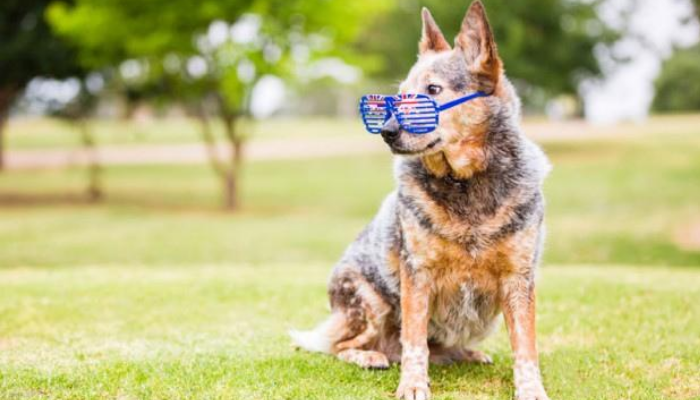
Australian Cattle Dog is a mix of wild Dingo and Highland Collie which can make it a very hostile breed if not let outdoors. They need a lot of exercise and companionship. A non-working dog can participate in dog-sport, athletics, or learning a new activity that stimulates their mind and body.
They are very defensive of what they consider their territory and will do anything to protect it from absolute strangers.
The temperament of Australian Cattle Dog is reserved with strangers and it may turn into a dangerous suspicion if not given proper social training. Heeler puppies should be introduced to the behavior of ‘good men’ so they can recognize these traits in a stranger.
They are smart but sometimes they can bear a sudden grudge against a fellow dog. They may attack and sometimes end up killing cats and other small animals.
Australian Cattle Dogs are versatile dogs but they can stubborn at times. They have a mind of their own and can be dominant to prove a point. Positive and consistent training can help control their I-am-the-boss attitude.
Colors and Grooming
…Heelers are red, Heelers are blue, and all of them can run faster than you. 😉
Australian Cattle Dogs have a dense under-coat and an oil-resistant, weather-resistant outer-coat which protects them from all the external elements.
“Wear and Wash Dogs”, as the name goes, they require minimal grooming. A quick brushing once a week and an occasional bath do the work.
However, Australian Cattle Dogs shed their undercoat twice a year, and need to be brushed at least thrice a week during this time. Though the coat falls in clumps, it is necessary to brush them periodically to avoid dirt and oil residuals on the outer-coat.
Dental health is important. Brush your ACD’s teeth twice or thrice a week to keep his mouth from smelling and to avoid gingivitis.
Heelers tend to grow nails like a scalded cat. Make sure to trim it as frequently as possible.
Make sure you get their ear and anal cleaning done from time to time from your nearest vet.
Feeding
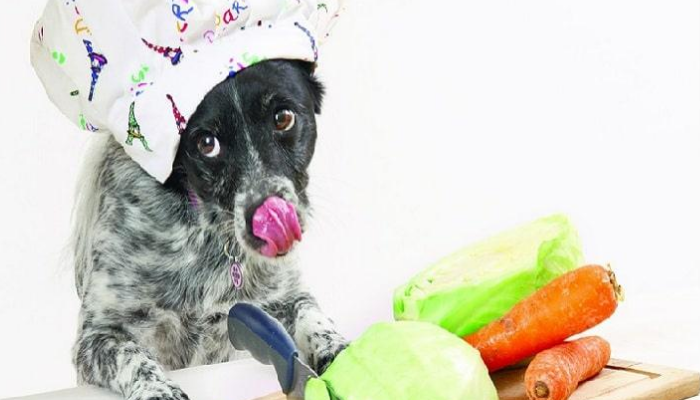
Puppy Age (3-5 Months)
You must feed your Australian Cattle Dog pup at least three meals a day of ½ a cup each serving.
ACD puppies need a minimum of 22% of protein and 8% of fat in their puppy food. Don’t be concerned if your nipper is eating a lot. They are an active breed and they require the right amount of nutrition. You may be feeding him according to his age but he may remain thin and hungry. Don’t be hesitant in giving him more food as long as he is burning the calories.
Adult Age (1-5 Years)
For an adult dog, the food intake steadily shifts to two meals a day of 1.5-2.5 cups per serving.
An adult ACD needs 18% of protein and 5% of fat. You can provide extra protein if your dog has a lean appearance. You can also increase fat for sporting or working dogs that need added energy.
Senior (5-8 Years)
Senior ACDs tend to become less active with a slower metabolism. You can either continue feeding in the same pattern or plan a senior dog diet. If your dog starts putting on weight, try feeding him a little less than regular.
NOTE: Australian Cattle Dogs need 20-30 calories per lb of their weight. Get your Heeler’s weight checked routinely and change his diet accordingly.
Health and Vaccination
Australian Cattle Dogs need strong exercise and plenty of running. You need to nurture them in an environment that keeps them mentally and physically healthy. Apart from this, ACDs are healthy dogs but they are prone to certain health conditions.
- Hip Dysplasia – Although mostly seen in larger breeds, it may be evident in other dogs too. It is a condition in which the thighbone doesn’t fit into the hip socket causing constant friction between both. It leads to gradual degradation and eventual failure of the joint.
Symptoms may include decreased range of motion, reluctance in rising, “bunny-hoping” or loss of thigh muscle mass.
You may ask your breeder to provide you with a certificate of the parent’s hip dysplasia tests. Feed your dog with enough calcium and fiber during his growing years to avoid bone-problems.
NOTE: Do not take your ACDs for a walk on hard or rough surfaces. This may weaken their bone.
- Deafness – Make sure you get your ACD Brainstem auditory evoked response (BAER) tested as a puppy. Deafness may be inherited, and if you still plan to adopt it, do not breed him further.
Symptoms may include a change in obedience or attentiveness, unresponsive, failure to respond to verbal commands, difficult to rouse from sleep, or less active.
It is difficult to pet a dog with such conditions. So, if you are a novice at handling cattle dogs, we would recommend you to not adopt dogs with such conditions.
- Progressive Retinal Atrophy (PRA) – This is an eye disease that leads to degeneration of the retina, causing vision loss or complete blindness.
The symptoms may not appear at early ages but it may include night blindness, bumping into things in dim light, or unwillingness to go into dark rooms.
It is hereditary. Adopt your puppy from a responsible dog breeder that keeps a check on the breeding lot for such health conditions.
- Bloating – “Mother of emergencies”, bloating can be common in ACDs especially if they were held back from the required physical activity.
Your dog’s stomach is bloating if he seems anxious, panic-stricken, or showing vomiting tendencies.
Bloating may happen due to gas or food stretch in the dog’s stomach and can lead to fatal gastric dilatation and volvulus. It is advised not to give water or take your dog for exercise right after a meal.
Get your puppy vaccinated with canine parvovirus and canine distemper in the initial 6-8 weeks followed by boosters after every 3 years.
Deworming is necessary. Ask your vet about a worming prevention plan from 2-12 weeks of your puppy.
There are a lot of things to keep in mind when it comes to vaccination. You can read our Guide To Dog Vaccination to know more.
Frequently Asked Questions
Yes, you can keep an Aussie in the city. Some people are already raising this dog in big cities. This breed tends to like busy areas but it still depends on dog to dog.
Australian Shepherds are great family dogs. These are not just the caretakes and protectors but also the most loving and affectionate dogs who love their families. These dogs usually do not like socialising with other people for a long period of time and love to be with their families a lot.
A popular misconception is that the Aussies were bred by using Border Collies but that is very far from the truth. Border collies and Aussies are related but not bred using the former. The Aussies are actually considered to be the descendants dogs used by the shepherds such as the Pyrenean Shepherd or the Old German herding dogs.
Yes! Australian Shepherd dogs are very smart. These intelligent working breed stands 66th in the rank of smart dog breeds known for their intelligence and adaptability for obedience training or working intelligence.
In the past Australian Shepherds did have tails but their shepherd owners docked their tails. Why they did so have many varied reasons. This resulted in the evolution of the Aussie to have a full-grown tail or a docked tail. Some Australian shepherds do have a full-grown tail while the other dog have a docked or bob tail.
Similar Breeds
- Australian Shepherd
- Bearded Collie
- Border Collie
Hello Readers,
That’s all about the Australian Cattle Dog. We hope you liked this article and it helped you know this breed better.
Feel free to ask us your queries and also let us know your review on this article.
Share this with your friends on WhatsApp or Facebook and help your friends as well.
Subscribe to our YouTube channel and Instagram from following links for more fun stuff



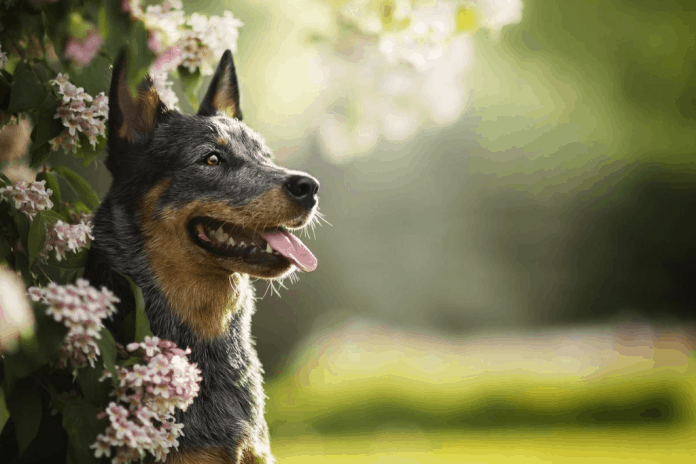

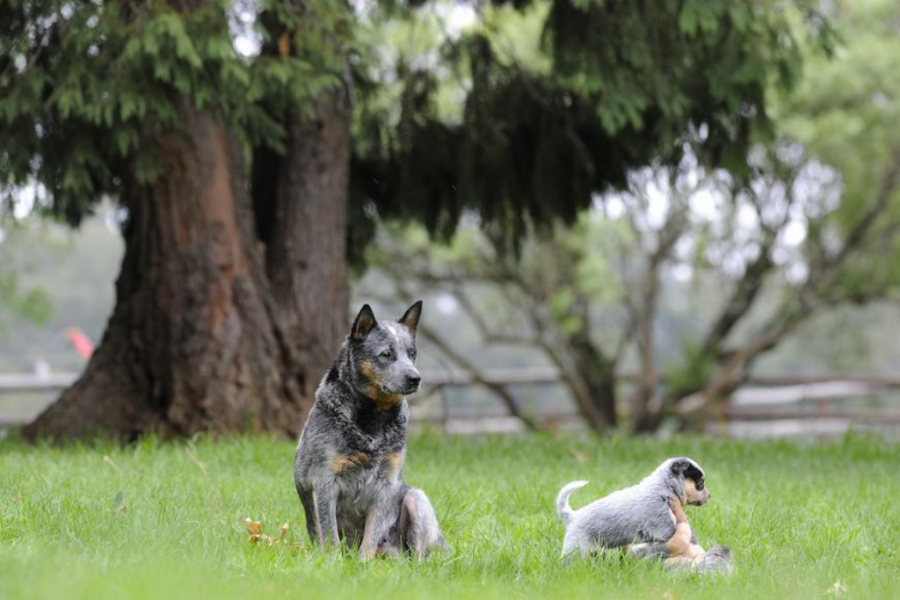


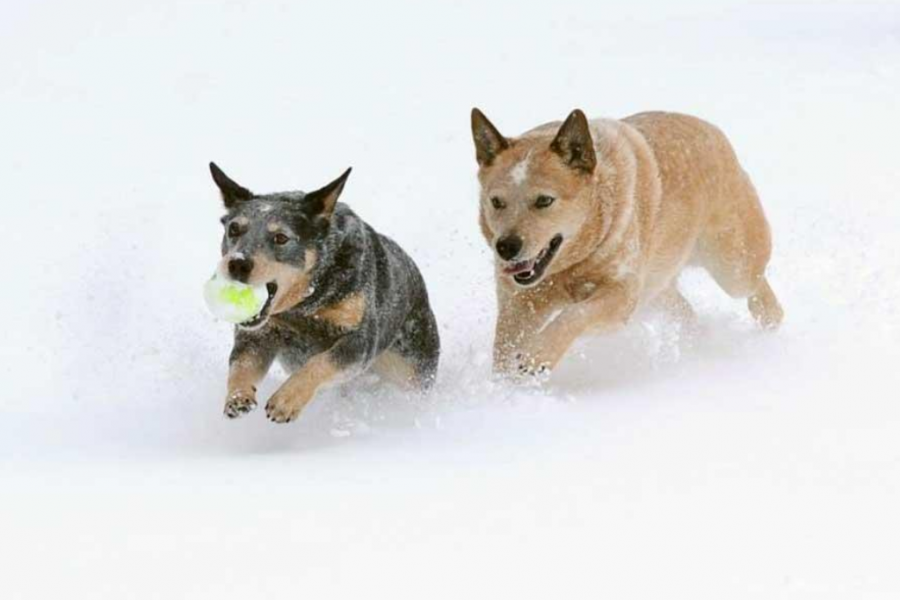
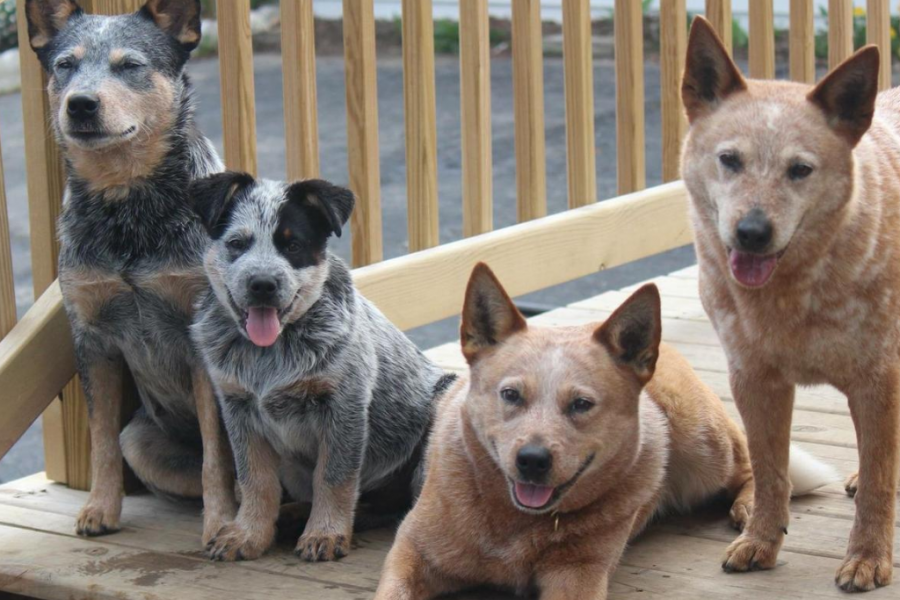
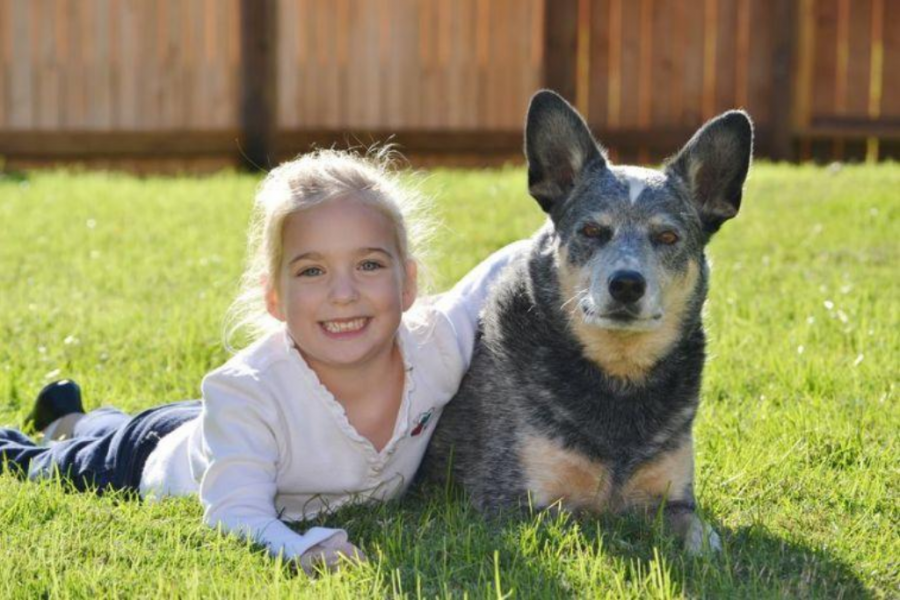

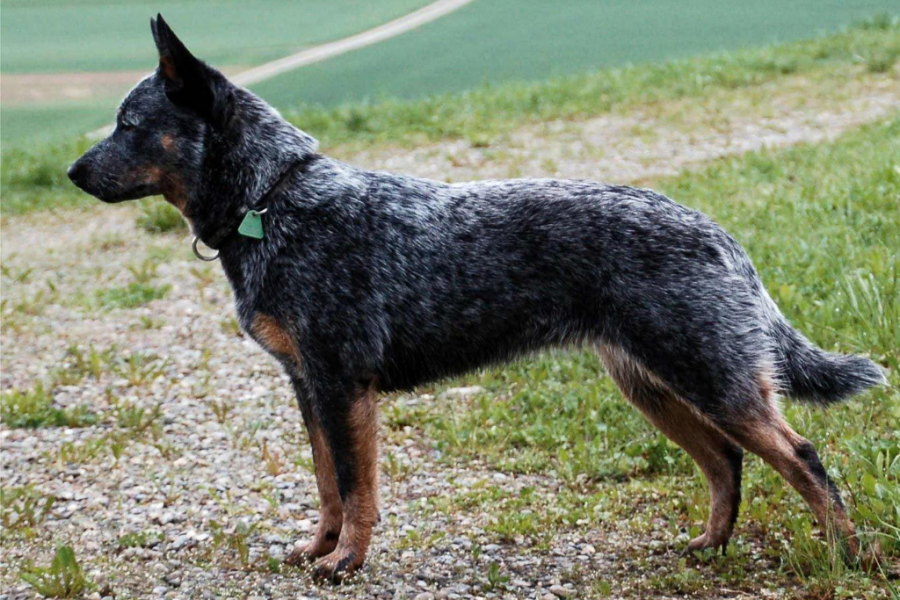
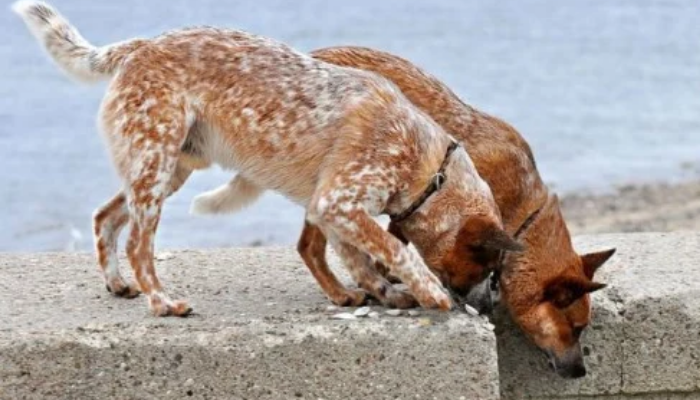
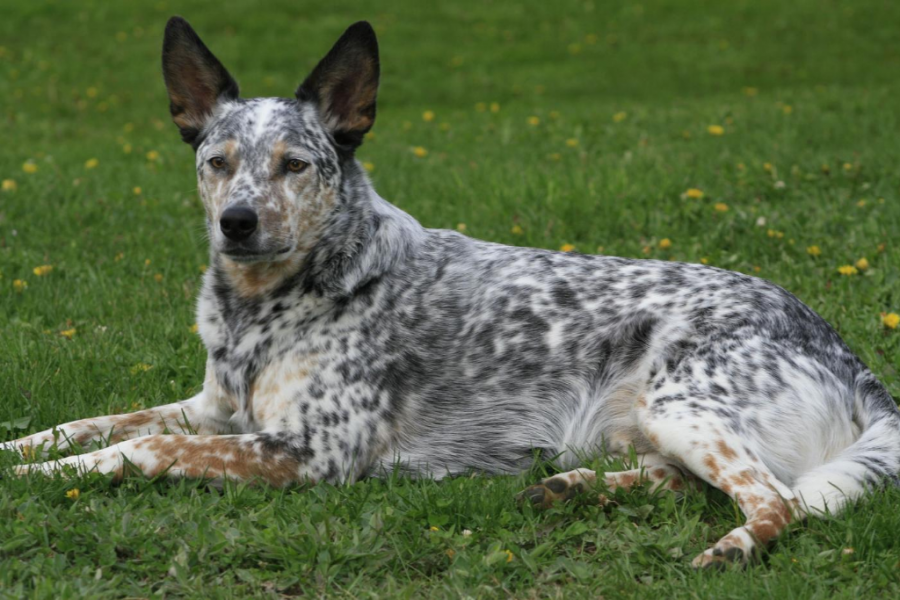
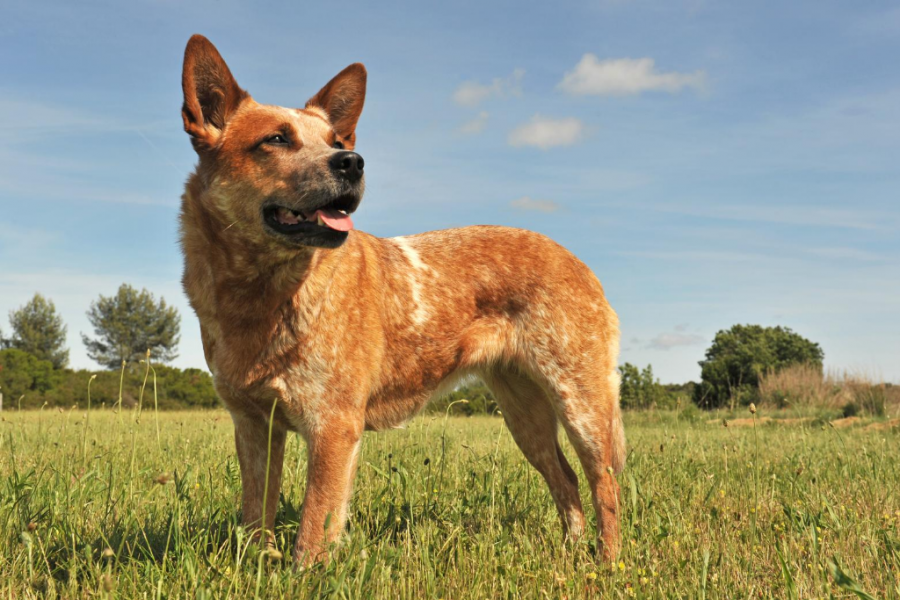








[…] Australian Cattle Dog […]